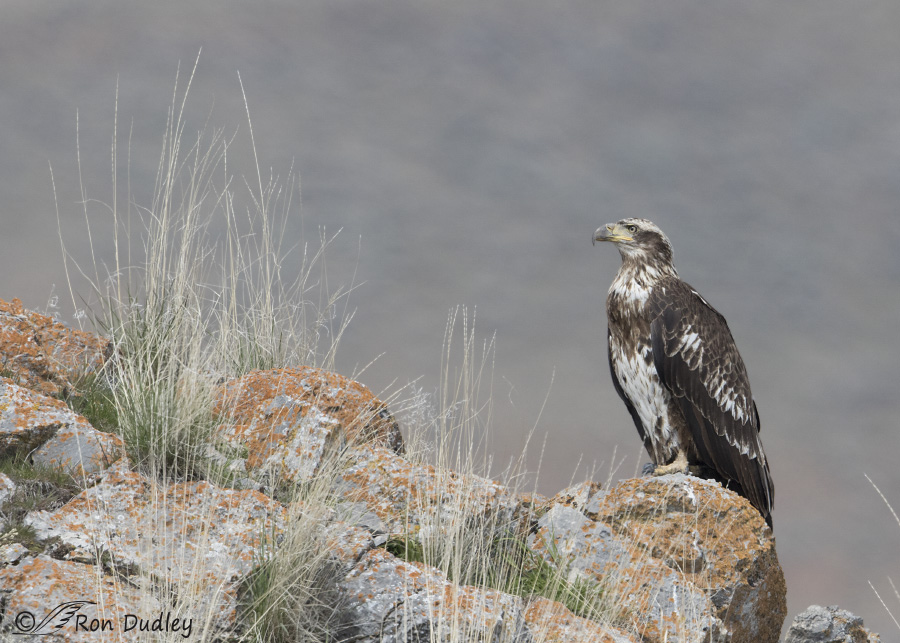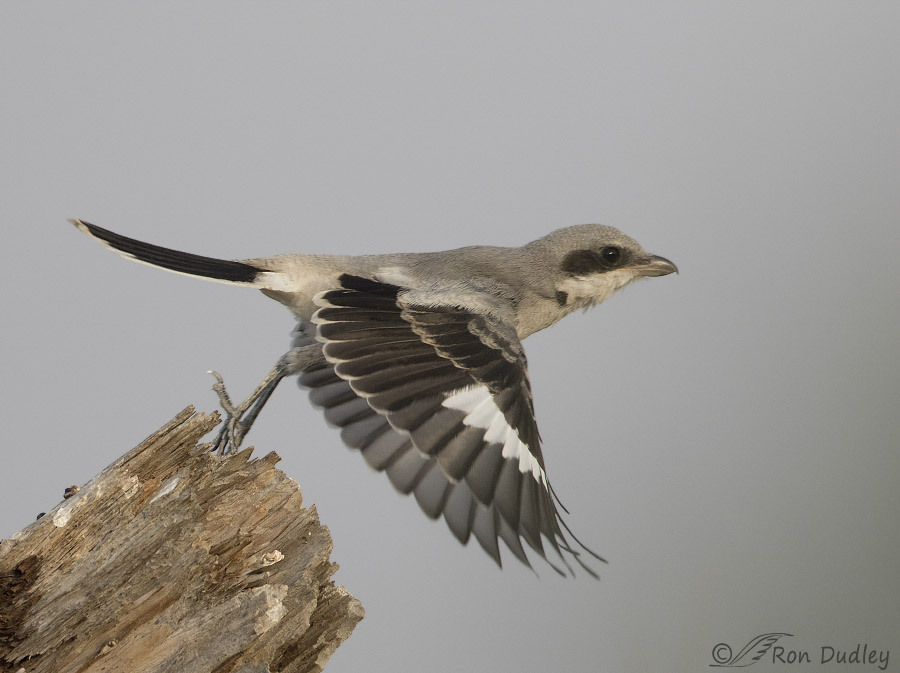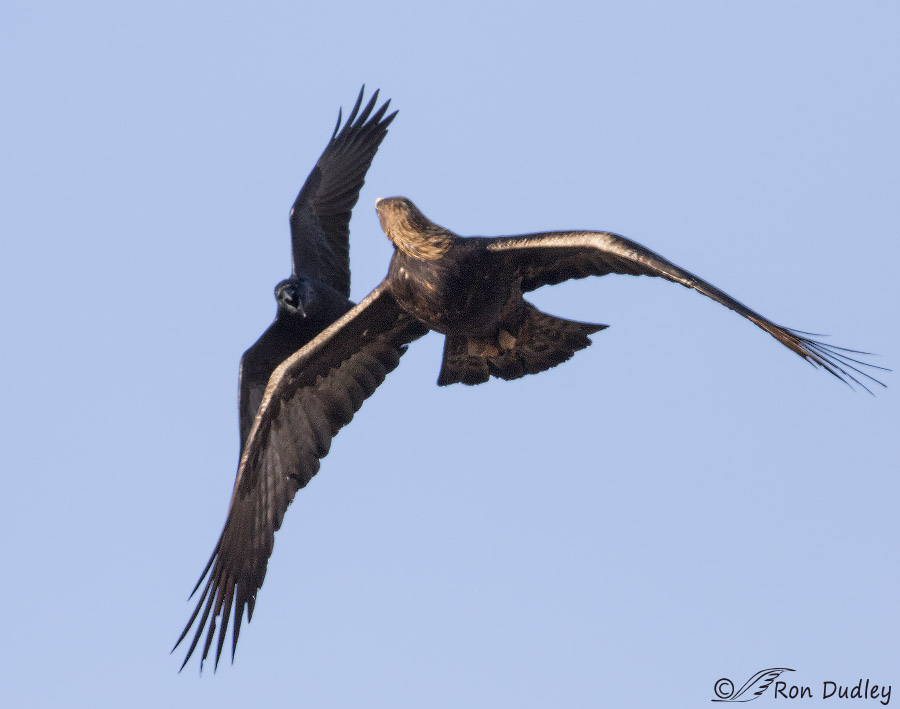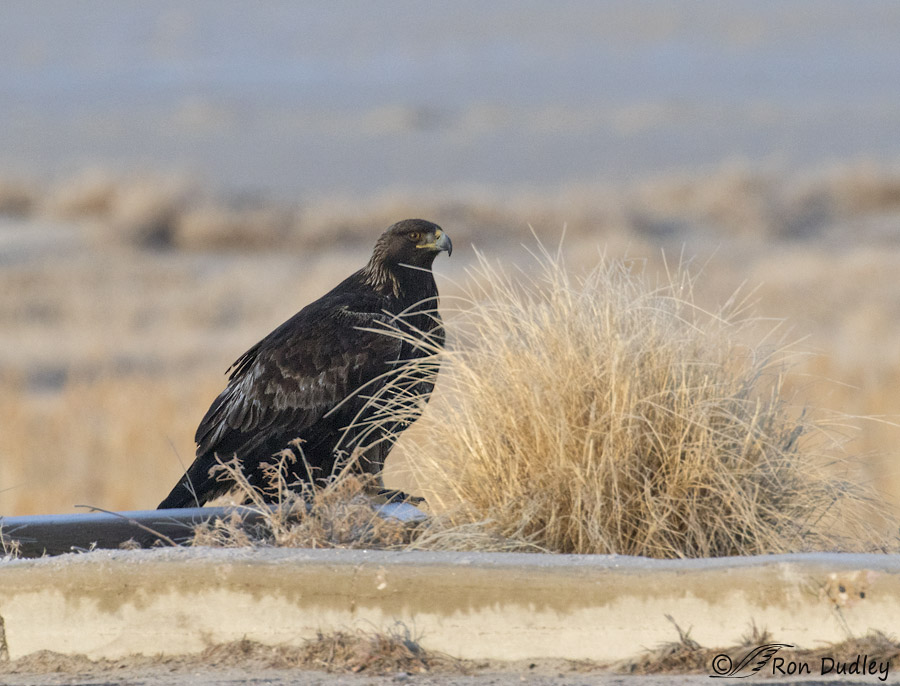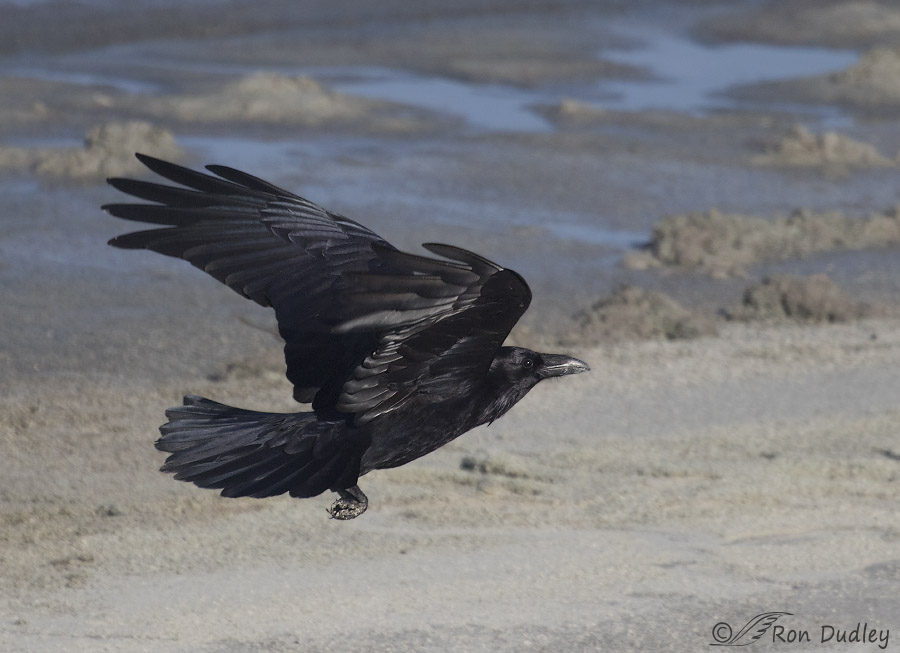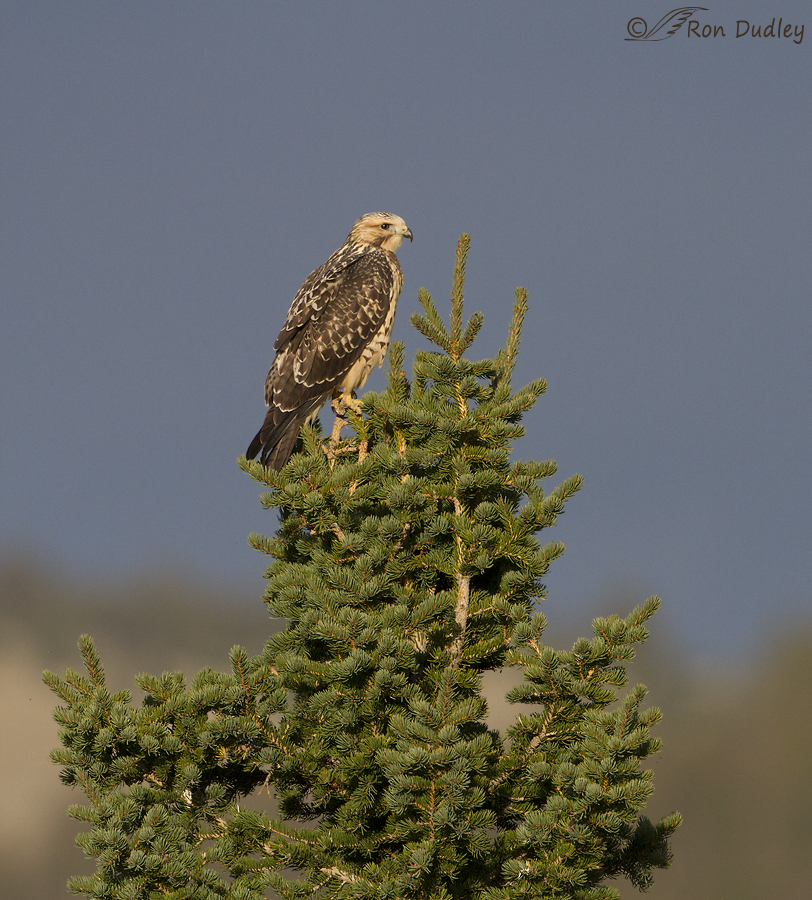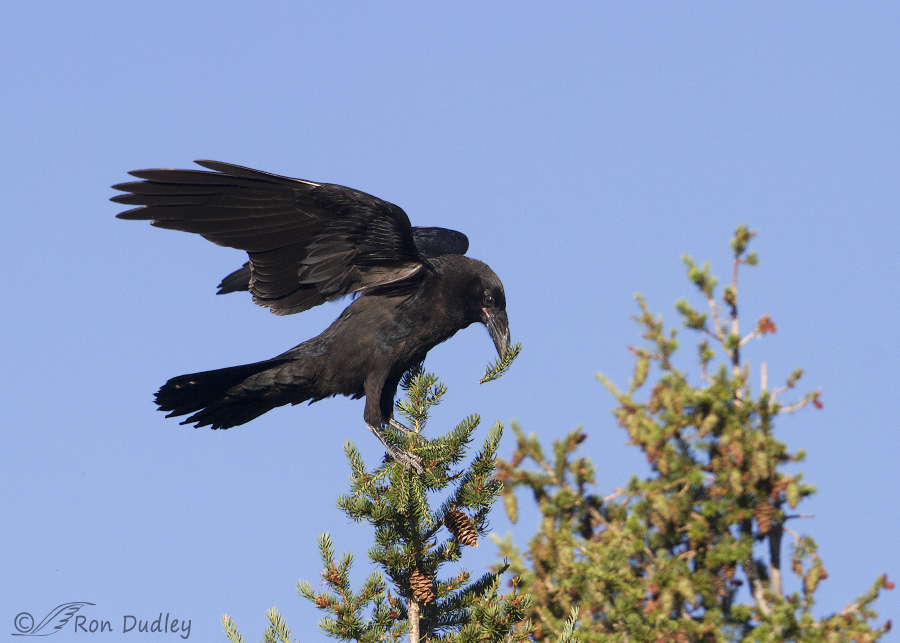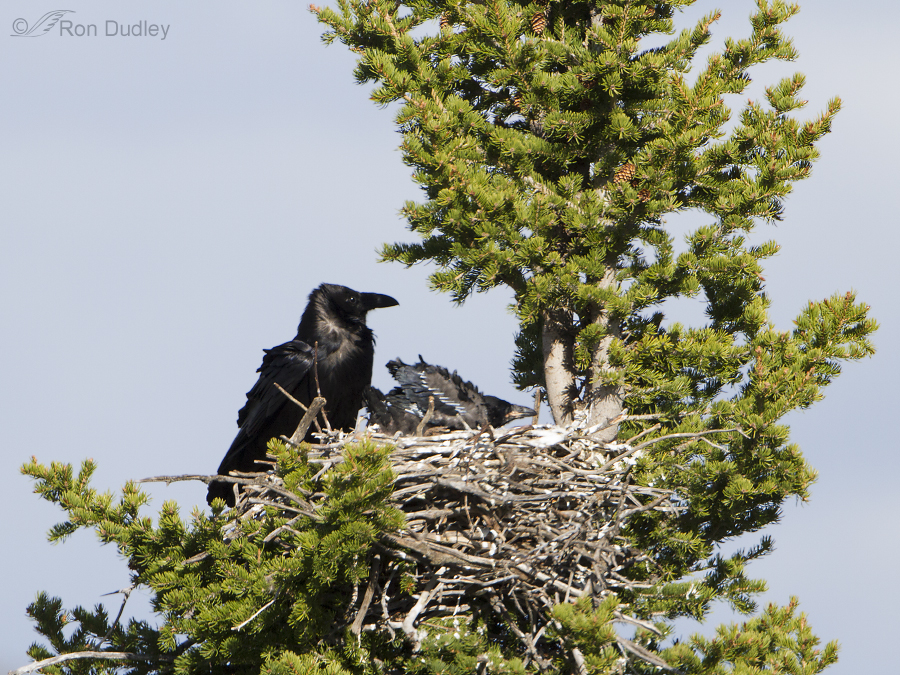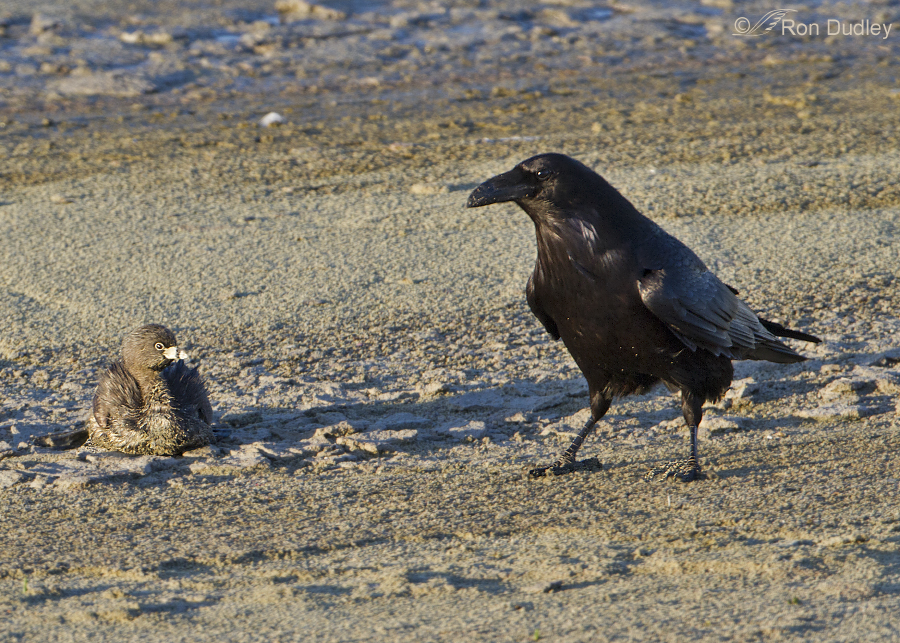Tag: common raven
Shrike Take-off Against A Smoky Background (plus an Antelope Island raptor report)
A Bird-skunked Day, Saved By A Chance Encounter With Two Old Friends
Due to bad light and shy birds I didn’t get any images yesterday to be proud of but a chance encounter with two old friends more than made up for it. The encounter took place in the wilds of Montana and the old friends are Terry Tempest Williams and her husband Brooke. Terry is a highly acclaimed author, conservationist and activist and both Terry and Brooke have been very active in the environmental movement for decades. I’m sure many of my readers have read some of Terry’s exceptional books and some may be familiar with Brooke’s work with the Southern Utah Wilderness Alliance (SUWA). Many years ago I worked with Terry at the Utah Museum of Natural History and through Terry I got to know Brooke but I’ve only seen them once in the past 30+ years so it was pure delight to spend some time with them catching up. We reminisced about old times at the Museum and swapped stories about friends and acquaintences in the environmental movement. Both Terry and Brooke are the epitome of genuine, caring, passionate people and their devotion to environmental issues runs deep. If you’ve read any of Terry’s books it”s “what you see is what you get” – she wears her huge heart on her sleeve and a warm, caring heart it is. And the lady can write! In an effort to avoid setting the precedent of publishing a post without including an image I’ll relate a story about Terry. And me. And a bird. Sometime in the mid-80’s…
Raven Sneak Attack On A Golden Eagle In Flight
Coyotes Steal A Jackrabbit From Golden Eagles
Raven – The Last Image I’ll Take Using My 100-400mm Lens
The Evolution Of A Nest Tree Over Three Summers
Ravens, Crows And An Unfortunate Decision By The Utah Wildlife Board
Common Raven Covered With Spider Silk
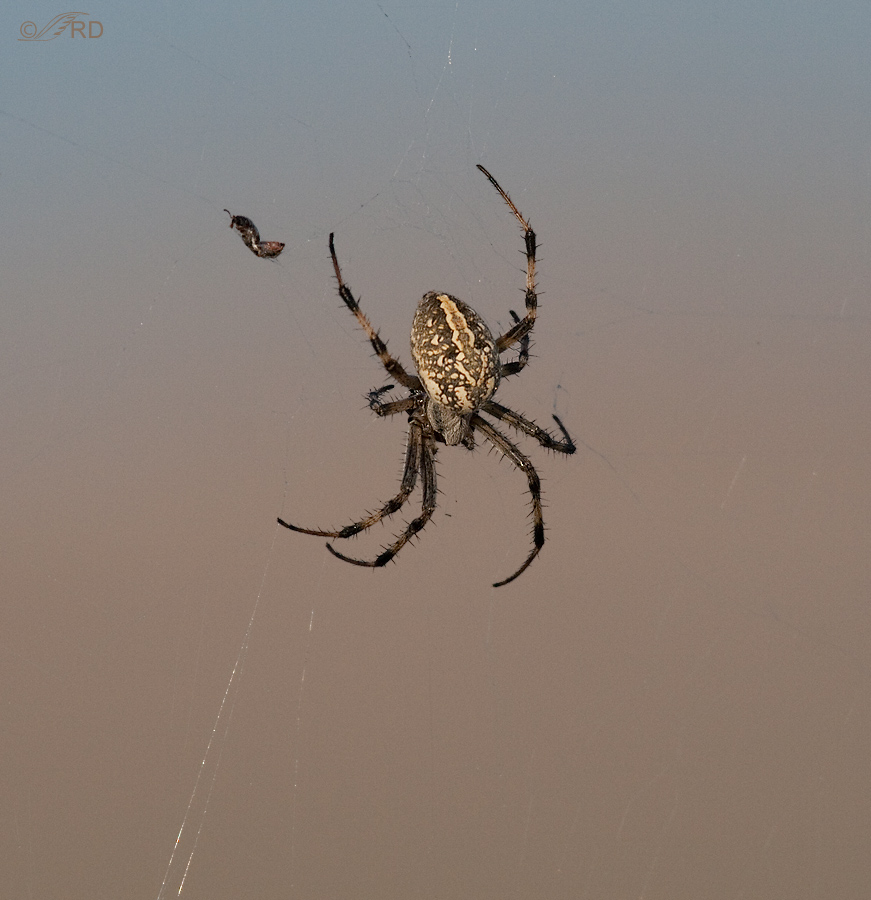
Antelope Island is crawling with spiders this time of year. Huge spiders. Gazillions of them. They’re quite obvious everywhere you go on the north end of the island and they can be intimidating in the extreme.
Two days ago as I was leaving the island I found this raven on the west end of the causeway road. It looked pretty goofy looking from a distance and as I got closer I began to realize why.
How Ravens Collect Chick Feces At The Nest – I Had No Idea!
The Raven And The Pied-billed Grebe
Some Random Recent Images
I have an appointment early this morning so I don’t have time for a detailed, organized post so I thought I’d present a little potpourri from the last few weeks. Though none of these images are spectacular, there’s something about each one of them that appealed to me in some way. Common Ravens are a hugely challenging subject for me because of their uncooperative behavior and the difficulty of getting detail in the blacks. For some reason, these birds really seem to eat a lot of snow, which this one had been doing just before take-off. I do wish the head were slightly sharper but I like the remnants of the snow-eating behavior and how cleanly the bird is presented against the background which is the Great Salt Lake with the snow-covered shoreline at bottom right. Finding water that isn’t ice-covered around here isn’t easy, for me or for the critters, but I think that’s the only reason this Muskrat came as close to me as it did. I found this one at a pond close to my home. Ok, not a classic wing position for sure but the aerodynamic profile of this fast flying Prairie Falcon still appealed to me. I also like the eye contact and crisp detail in flight. Life is tough for Coyotes right now as they live in a stark white world of deep snow which makes survival difficult. Many of them wear an almost perpetual snow mask from pushing their faces through the snow as they try to follow…
Critters Among the Sunflowers of Antelope Island
Antelope Island is ablaze with color this fall, provided by the common sunflower Helianthus annus. The sunflower display is really quite spectacular this year – the most prolific I’ve ever seen it. I suspect it’s because of the very wet spring we’ve had. The sunflowers can provide a very pleasing setting for wildlife photography, whether the flowers are in focus along with your subject or out of focus to show off some pleasing and unusual color in the background bokeh. Canon 40D @ 72mm, 1/800, f/6.3, ISO 320, EV +0.33 It’s unusual for me to get so close to a pronghorn that I don’t have to use a telephoto lens but these bucks are in rut right now and they’re so intent on herding their harem of females that they’re not nearly so wary of people and vehicles. So I quickly pulled out my old 40D and shot this handsome fella at only 72mm while he was right next to my pickup and staring intently at his ladies close by. This allowed me to keep many of the sunflowers relatively sharp and gave a different “feel” to the image than I usually get with my big glass. Canon 7D, 1/2500, f/5.6, ISO 640, EV + 0.33, 500 f/4, 1.4 tc In contrast to the previous image, this Vesper Sparrow was shot with my 500mm and 1.4 teleconverter (1120mm with the crop factor of the 7D) at f/5.6 which gave me very little depth of field – just enough to get the sparrow sharp but the sunflowers in the background…
Short-eared Owls Defending Their Nest Against Predators
Recent reports from others indicate that bird activity on Antelope Island is slowing down now and our experience out there recently would agree with that assessment so yesterday when Mia and I were trying to decide where to go shooting birds we were a little hesitant about another trip to the island. But even with things slowing down we almost never fail to find something interesting to photograph and yesterday was certainly no exception! Canon 7D, 1/800, f/7.1, ISO 500, EV 0, 500 f/4, 1.4 tc Soon after arriving on the island we noticed a pair of Short-eared Owls, obviously mated based on their behavior. Canon 7D, 1/1000, f/7.1, ISO 500, EV 0, 500 f/4, 1.4 tc This owl was carrying a vole and we immediately suspected that the pair had a nest in the vicinity, which turned out to be true. It was quite a distance from the road and buried in vegetation but we could tell its location by watching this owl deliver food to the nest site – either to the mate or to both the mate and chicks. We watched and photographed the birds for a while but when things slowed down we went further down the island. Canon 7D, 1/1600, f/8, ISO 640, EV + .67, 500 f/4, 1.4 tc On our return to the area of the nest we immediately saw a quickly developing drama. A young coyote had apparently just crossed the road and was approaching the nest area and the owls were in…
Common Raven Disposing of Eggshells
When this Common Raven landed on a large rock fairly close to me last week on Antelope Island I could see that it had something in its beak and assumed that it was some type of food. It wasn’t until I got home and processed the images that I could tell what it was. Canon 7D, 500 f/4, 1.4 tc, 1/2500, f 6.3, ISO 500 It turns out that it was eggshell, presumably from its own nest. In researching Common Raven eggs I found that they have this kind of marking and color (though there is some variability in both) and this shell remnant seemed to be about the right size for a raven so my assumption is that it’s a raven eggshell and not leftovers from a meal from raiding the nest of another bird. There is a raven nest relatively close to this rock. Canon 7D, 500 f/4, 1.4 tc, 1/2500, f 6.3, ISO 500 Here the raven is very carefully placing the shell in a crevice in the rocks. At the time I took the photo I couldn’t figure out why the bird would simply abandon what I thought was food. Canon 7D, 500 f/4, 1.4 tc, 1/3200, f 6.3, ISO 500 Here the raven has dropped the eggshell… Canon 7D, 500 f/4, 1.4 tc, 1/2000, f 7.1, ISO 500 and then it hopped to the peak of the rock to “crow” about its accomplishment. Birds of North America Online says this about raven eggshell disposal – “No…


